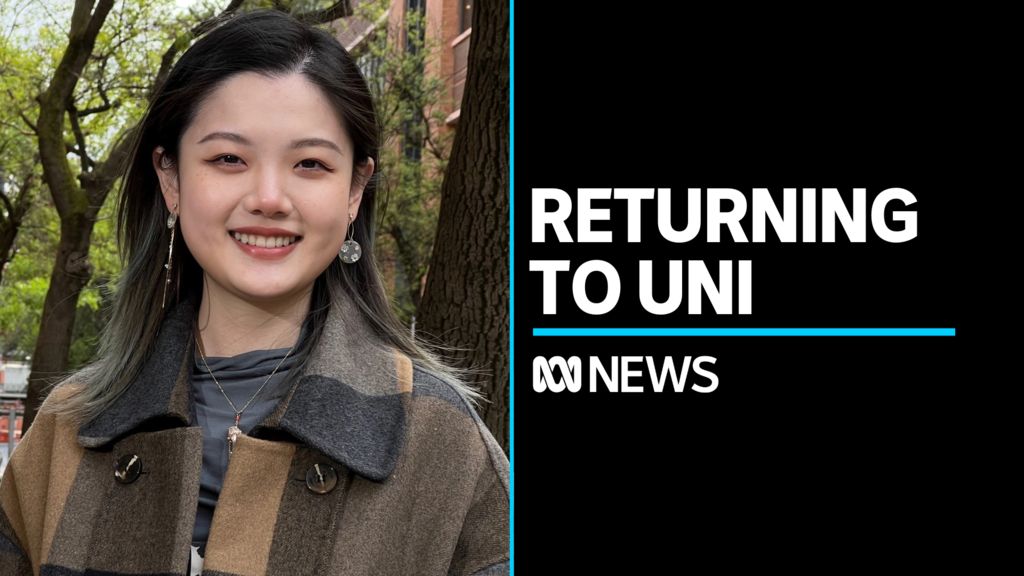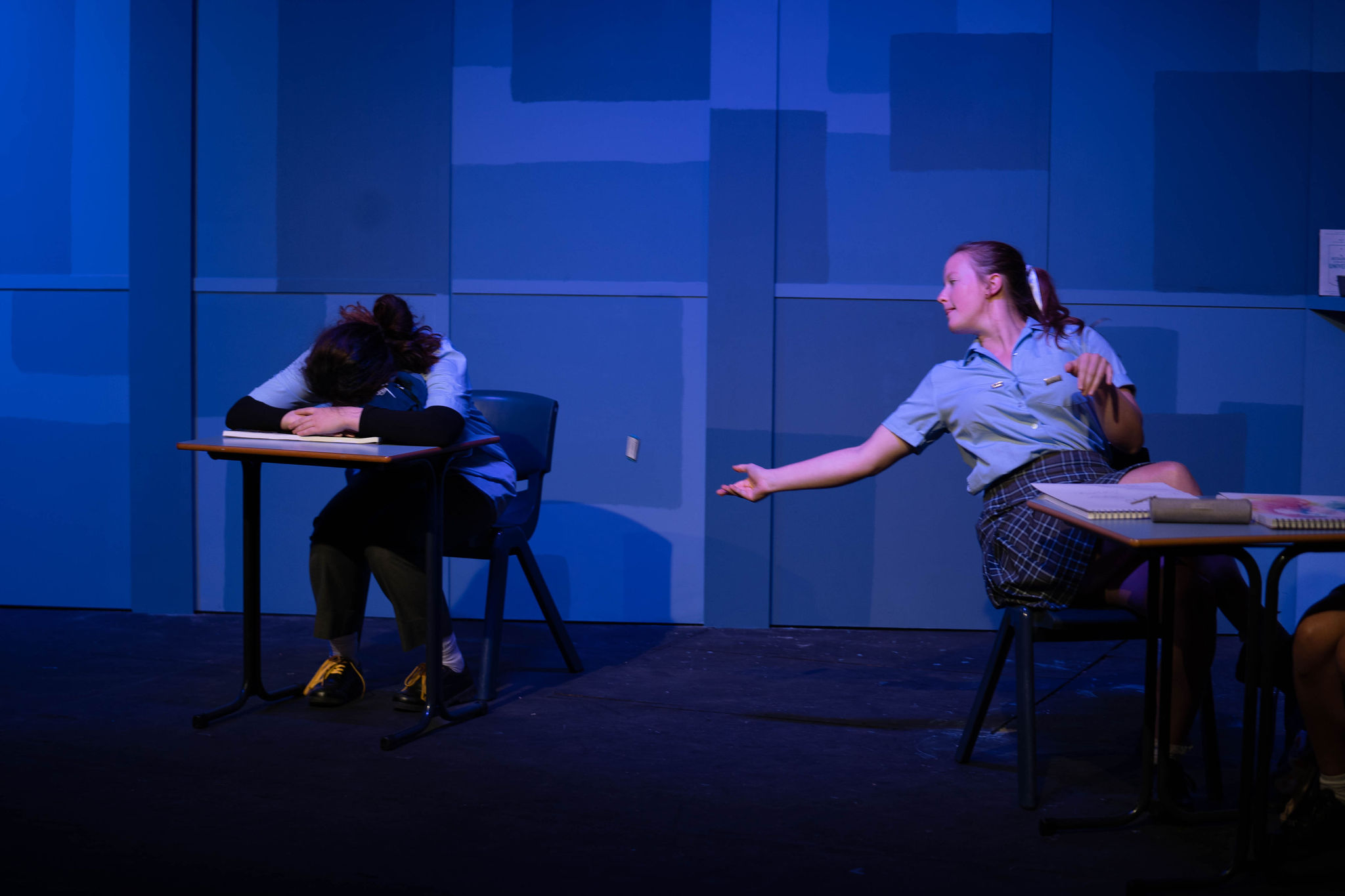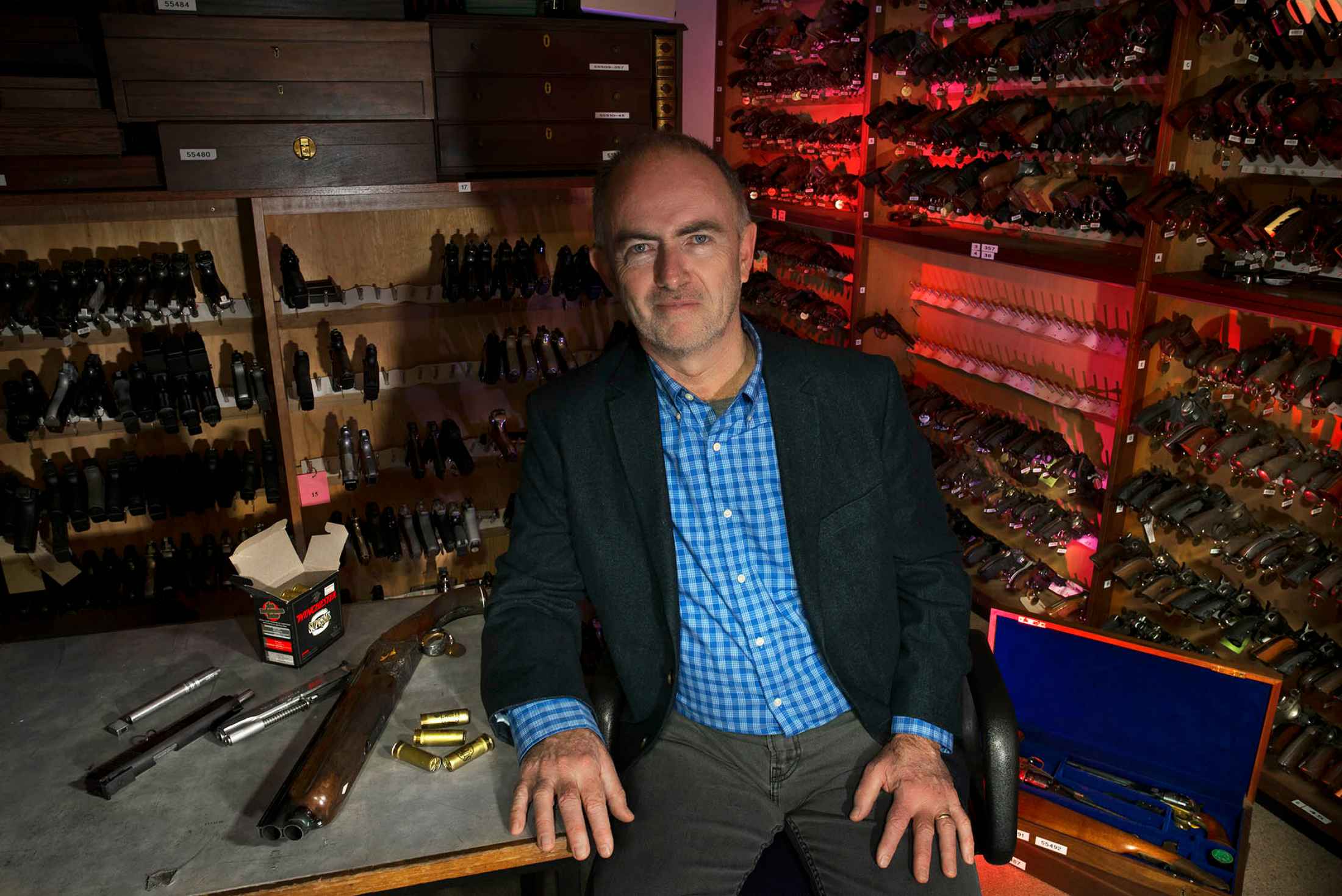Wednesday, September 28, 2022
Back to the Conference Face to Face
Tuesday, September 27, 2022
On Campus Online
Greetings from the The Australian National University, where I have been helping ANU Careers teach ANU College of Engineering & Computer Science students how to apply for a job. Today we had Benjamin Luton, Technical Principal from Contino talk to the students. Last week it was David Parums, from Black Mountain Construction, and Thomas Griffiths, from Social Pinpoint.
These are computing students at Australia's leading university, undertaking a technical degree in a highly sought after field. But what shocks them after mastering the intricacies of a very technical field is that employers want people who can talk to customers. Students, especially STEM students, find all this "soft skills" stuff, very hard. So me have them practice talking to each other, and talking to real clients.
This semester we have students back on campus, but not all of them. So we are operating in hybrid mode, with most instructors in a classroom, with some students, and others online via video conference. This makes for a high workload for those coordinating presentations, and breakout rooms.
Saturday, September 24, 2022
Teenage Angst in the Inner West of Sydney
There was more characters talking to the audience than each other, which took some getting used to. But things settled down after the interval, and the young actors (much older, but credible as teenagers) had something worthwhile to say.
While the teenagers were well rounded the adults were two dimensional, but perhaps that's how teenagers see adults. About half way through I worked out the ending, and it was a little too unrealistically positive. But this was an okay romp.
ps: I meant to post this review to my other blog "Net Traveler". but was using the phone to do it, so didn't notice. But the play is on topic, as it explored issues of private versus public education, the role for private tutors, and vocational versus university learning.
How Successful, and Micro, are Micro-credential Programs?
The government of the Canadian province of Alberta has announced a CA$8M, two year micro-credential program. This follows a CA$5.6M 2021 pilot program. But how successful was the pilot? How much shorter, cheaper, and successful are the micro-credentials, compared to existing vocational and university short qualifications? Do these help disadvantaged students, or primarily help those already better off?
Who Gets the Help?
How micro are the microcredentials?
Thursday, September 22, 2022
Why Don't Academics Want to Provide the Education Students Need?
 |
| Neil Raven, , SRHE News Blog |
The research shows that, as expected, those from less wealthy backgrounds want to get a qualification for a job quickly, and are interested therefore in forms of apprenticeship, where they can work and study at the same time. It is good to have one's personal experience validated by research (I am from a low SES background), but I suggest the research needs to go further and look at why HE is not routinely providing the form of education the students want.
The idea that students want vocationally orientated, part-time, off-campus education appears to be treated as an embarrassment, and inconvenience, by many academics. On-campus graduate research is what they focus on, plus some full time, on-campus students to help pay the bills, and to provide future researchers. But why is this? It is simply self interest, or are there deeper reason for the disconnect with what the customer wants? I suggest this is a fruitful area for research.
Sunday, September 18, 2022
Active Learning Spaces Require Active Teaching
Ralph, Schneider, Benson, and Ward (2022) caution that the benefits of active learning may not be available to all students, due to a lack of space, marginalizing some. However, I suggest COVID-19 may have solved the problem, by accelerating the move to online learning.
Universities now have far more teaching space than needed for the number of students who turn up to class. My guess, and it is only a guess, is we can expect about 5% to 10% of students to turn up to class, down from 25% to 33% pre-pandemic (with the balance participating online). This provides the opportunity to decommission old lecture theaters, and replace them with active learning spaces, having flat floors.
Some large spaces can be equipped with retracting theater seating, for occasional lectures. But what we then need to do is train teaching staff so they don't waste the time of students by giving lectures, and instead focus on helping students to work together.
 |
| ANU Marie Reay Teaching Centre |
An example of a modern active campus redevelopment is the Australian National University's Kambri. The Marie Reay Teaching Centre was built from pre-fabricated engineered timber, with small, medium and large flat floor classrooms for active learning (Worthington, 2019). The adjacent Manning Clarke Center, has several large event rooms, with retractable theater seating.
References
Ralph, M. C., Schneider, B., Benson, D. R., & Ward, D. (2022). Separated by spaces: Undergraduate students re-sort along attitude divides when choosing whether to learn in spaces designed for active learning. Active Learning in Higher Education, 14697874221118866. https://doi.org/10.1177/14697874221118866
Worthington, T. (2019, December). Blend and Flip for Teaching Communication Skills to Final Year International Computer Science Students. In 2019 IEEE International Conference on Engineering, Technology and Education (TALE) (pp. 1-5). IEEE. https://doi.org/10.1109/TALE48000.2019.9225921 (Presentation notes: https://www.tomw.net.au/technology/education/learning_to_reflect/tale2019_blend_flip_worthington_final.pdf)
Saturday, September 17, 2022
Less Conventional Institutions Sweep Good Universities Guide 2023 Awards
Friday, September 16, 2022
Language Teaching Tech Innovation
An import point Paul made was that web based products need to have a source of revenue. Edmodo recently shut down due to a lack of advertising revenue.
Paul suggested you don't have to throw away the Learning Management System investment, such as in Moodle, but can add new functions, for example language learning.
Paul is getting into the theory, with Vygotsky's Zone of Proximal Development (ZPD). The practical implications of this is that students need help to learn, step by step.
Thursday, September 15, 2022
Wide Angle View of Hybrid Classroom
 |
| Screenshot from AI, ML & Friends Seminar, |
Wednesday, September 14, 2022
Casual Tutoring in Computing Available at the Australian National University
The School of Computing at the Australian National University has opened applications for casual tutoring for Semester 1 2023. The School teaches everything from AI and machine learning, systems, software, theory, analytics, to the practicalities of project management teams (I help with that in Techlauncher). Paid training is provided, & ACT Government staff visit the campus to help with getting your Working With Vulnerable People card.
Sunday, September 11, 2022
Most Students Are Not Coming Back to Class So Get Used to It
 |
| Returning to Uni (Video), ABC TV, 6 September 2022 |
It is confronting for a "lecturer" to admit that lectures are obsolete. I had this Epiphany in 2008, but it took years to retrain in more effective, online, blended, and hybrid teaching techniques. Australian universities need to make this change while they still can. Each day I see photographs taken by lecturers of empty lecture theaters, who are devastated by the fact that most of their students did not turn up. The lecturers contemplate drastic measures to force students back to class. I understand the anguish this situation causes for dedicated teachers, but the difficult solution is for them to learn to teach effectively.
Australian universities failed to prepare for a crisis which forced students off campus, despite being warned years in advance, and despite the example of universities in other countries which did. Despite that crisis occurring two years ago with COVID-19, and the shift to online learning as envisaged, most Australian universities, and academics, are unwilling to accept this is not temporary.
Most students never came to most classes, before COVID-19. About a quarter to a third of students turned up. Most students are not coming back to class after COVID-19. We can expect about 5% to 10% in the classroom, with the balance of the same quarter to a third participating synchronously online. Australian universities need to accept that fact, and provide a 21 century education.
Pre-COVID19 most students did not attend class, as they had lives, jobs, and families. Instead students made do with notes (as they always had), as well as videos, and online materials. This defacto blended/online education was not ideal, but workable. However, purpose designed flexible learning can be so much better. It can put resources into what actually helps students learn, rather than what is easiest for researchers, who are part time teachers, to deliver. This takes training, and time to prepare, but lowers the stress level for staff and students.
It is possible to design courses which can be delivered entirely online, but which have optional campus components, for students who have the time, and feel the need. Campuses can attract students, working together in supervised classes, and also in self organised teams on projects, with staff available when needed.
Wednesday, September 7, 2022
Cybersecurity Startups in Canberra
Greetings from the University of Canberra where startup companies are pitching. The theme this evening is cybersecurity. This was opened by Air Vice Marshall Neil Hart, Director of the Canberra CyberHub.
Tuesday, September 6, 2022
Cyber-criminals as Modern State Sponsored Pirates
Monday, September 5, 2022
Bluetooth microphones for low cost team teaching & events audio?
 |
| Alead Nolan MIC2 Bluetooth Microphone |
 |
| Lewinner Lavalier Microphone |
Sitting in a meeting discussing ways to provide audio for team teaching and events at universities. Rooms are normally equipped with a couple of microphones for teaching. But for more active classes, and events, there may be a half dozen people speaking. Buying professional grade microphones gets expensive.
 |
| Blue Tooth 5.0 Transmitter Receiver Audio Adapter |
There are Bluetooth lapel microphones for around $100. But other small units designed for making ordinary headphones wireless, at about $20.
The output from multiple Bluetooth microphones could be received by a laptop, or tablet computer and combined using a mixer app (with no additional hardware required). Anyone know of such a setup, please let me know.
Learning to Build a Nano-satellite
An innovation which has made nanosats popular is standardization. An example is the cubesat, made in units of 100 mm cubes, weighing no more than 2 kg each. The standard units allow easy manufacture and packaging for launch of multiple satellites. Cubesats can be piggybacked on launches of larger satellites, fitted into empty spaces. This is also a very familiar size, being about the width of a brick.







